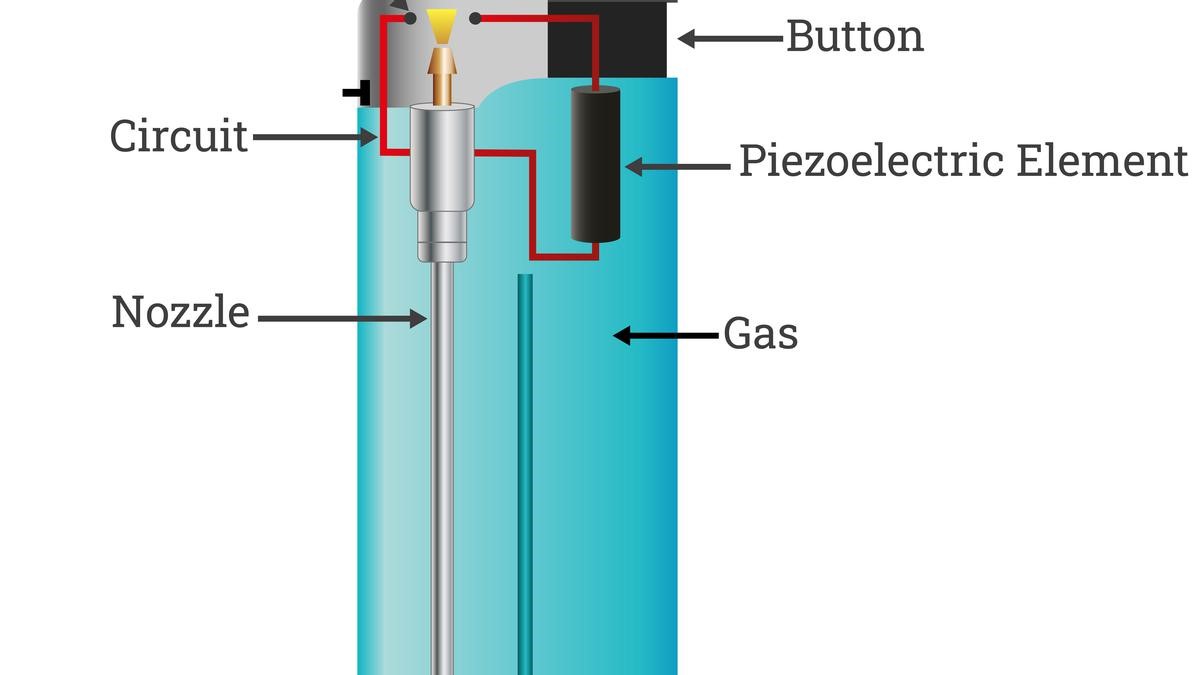
Disclaimer: Copyright infringement not intended.
Context
- Piezoelectricity, a fundamental phenomenon observed in certain materials, holds substantial significance in modern technology across a spectrum of industries.
- Its unique properties have revolutionized device design and functionality, contributing to advancements in sensing technology, timekeeping, and acoustic devices, among others.
Details
Understanding Piezoelectricity
Piezoelectricity refers to the property exhibited by certain materials where they generate an electric charge in response to applied mechanical stress or pressure.
Principles of Piezoelectricity:
- Crystal Symmetry: Piezoelectric materials, often crystals like quartz, Rochelle salt, and certain ceramics, possess a non-centrosymmetric crystal structure, leading to asymmetry in their charge distribution.
- Direct and Inverse Piezoelectric Effect:
- Direct Effect: Application of mechanical stress leads to the generation of an electric charge across the material.
- Inverse Effect: Application of an external electric field causes the material to deform or change shape.

Materials Exhibiting Piezoelectricity:
- Crystals: Quartz, Rochelle salt, Topaz
- Ceramics: Lead zirconate titanate (PZT), Barium titanate
- Certain Polymers: Polyvinylidene fluoride (PVDF)
Historical Background and Origins
- The term "piezoelectric" originates from the Greek words "piezein" meaning 'to squeeze' and "elektron" for amber, a substance known for its static electricity generation when rubbed.
Applications of Piezoelectric Materials
- Pressure Sensors and Accelerometers:
- Piezoelectric materials are extensively used in sensors that detect and measure mechanical forces, pressures, and accelerations. These sensors find applications in various industries, including automotive, aerospace, and consumer electronics.
- Acoustic Devices:
- They play a crucial role in acoustic devices where the conversion of mechanical signals, such as vibrations or sound waves, into electrical signals is essential. This includes microphones, speakers, and ultrasonic devices.
- Quartz Watches:
- The piezoelectric properties of quartz have been integral in the widespread use and affordability of quartz watches. A quartz crystal vibrating at a specific frequency serves as the timekeeping element in these watches.
Advancements and Modern Applications
- Ongoing research aims to explore new materials and applications for piezoelectricity, including in energy harvesting devices, medical imaging, and structural health monitoring.
- Further development in miniaturization and optimization of piezoelectric devices allows for integration into smaller and portable technologies.

Conclusion
Piezoelectricity, a fundamental property observed in certain materials, has found diverse applications across various industries, from sensors and actuators to medical imaging and energy harvesting. Continuous research and development aim to improve material properties, expand applications, and harness piezoelectricity for more efficient and sustainable technological solutions in the future.
|
PRACTICE QUESTION
Q. Discuss the significance of piezoelectricity in modern technology, elucidating its underlying principles, applications, and contributions across diverse fields. How has the utilization of piezoelectric materials revolutionized the design and functionality of devices, impacting industries such as sensing technology, timekeeping, and acoustic devices? (250 Words)
|




